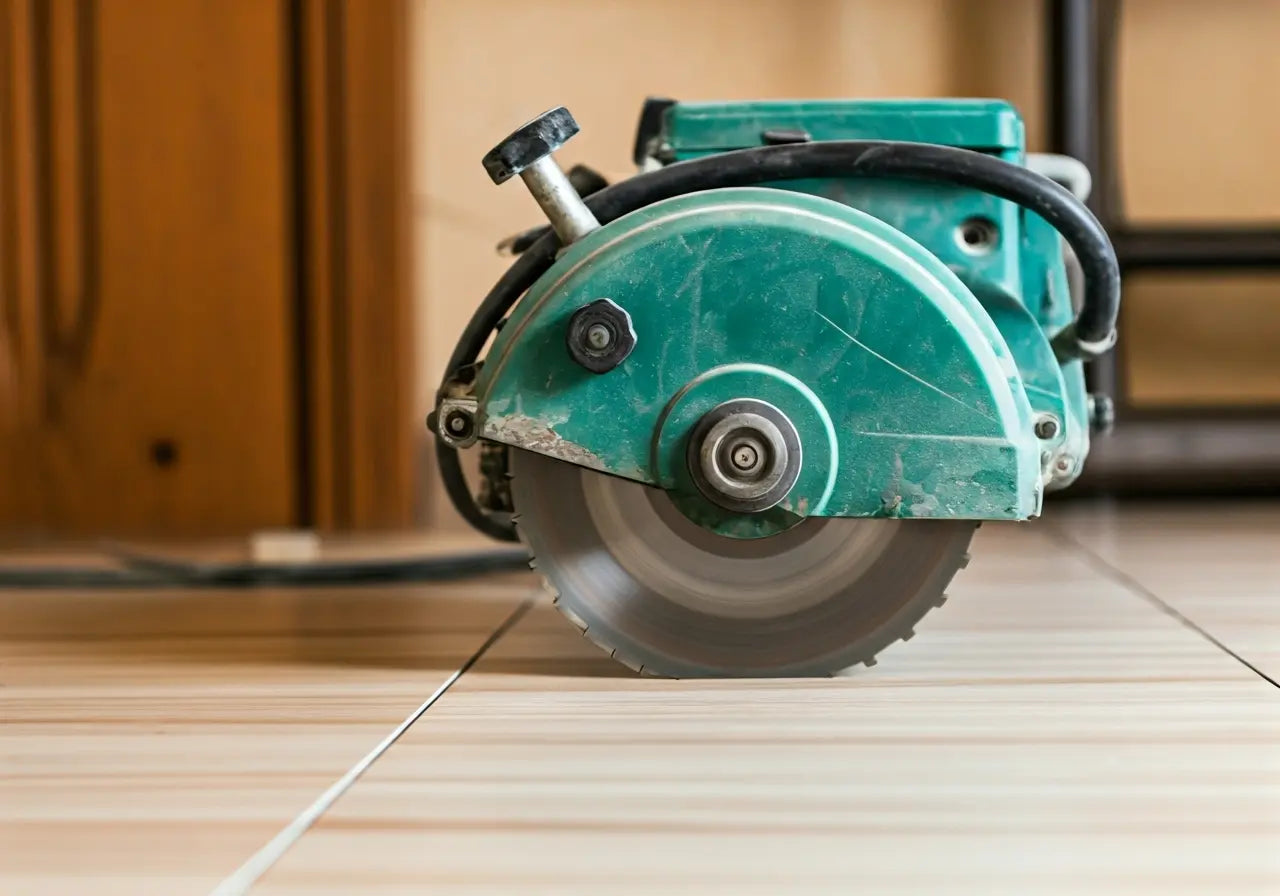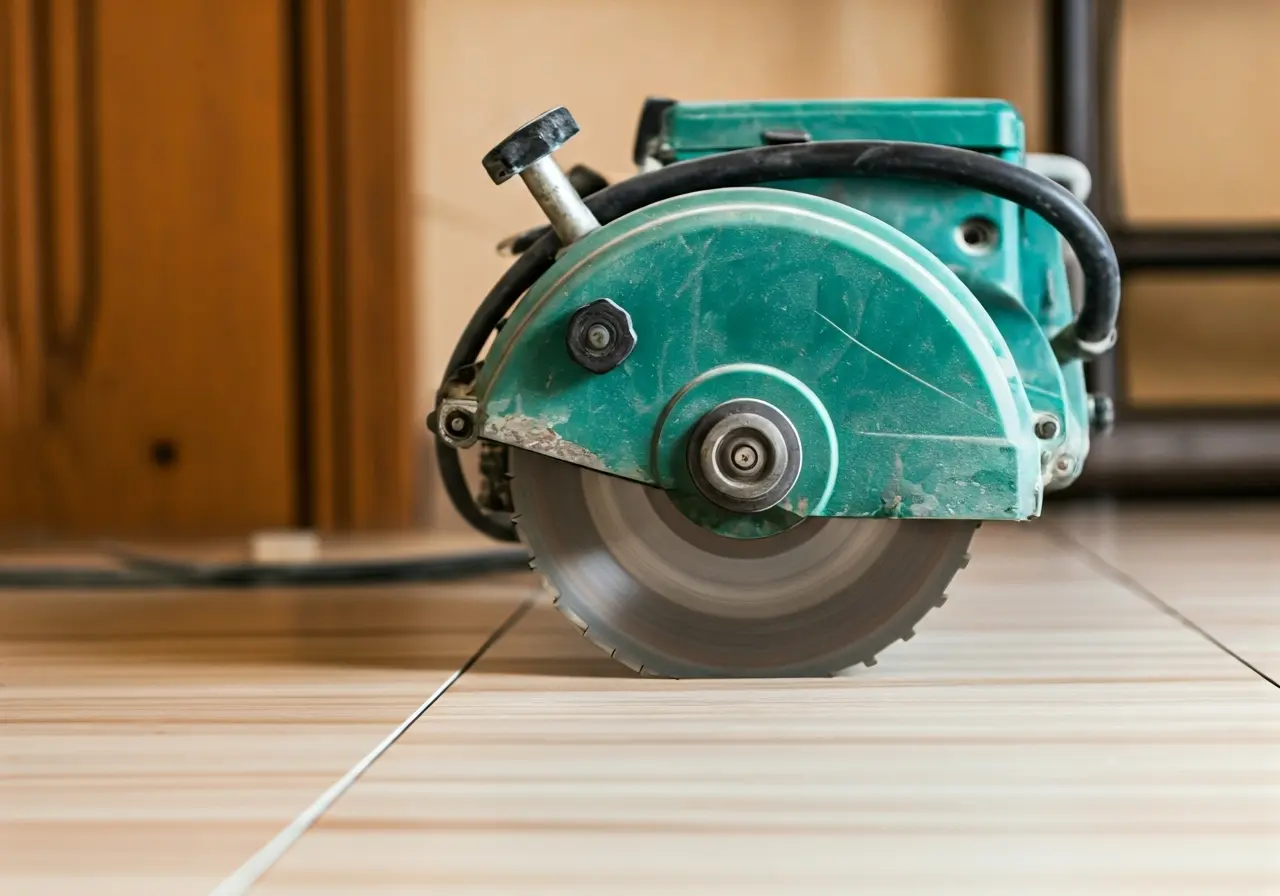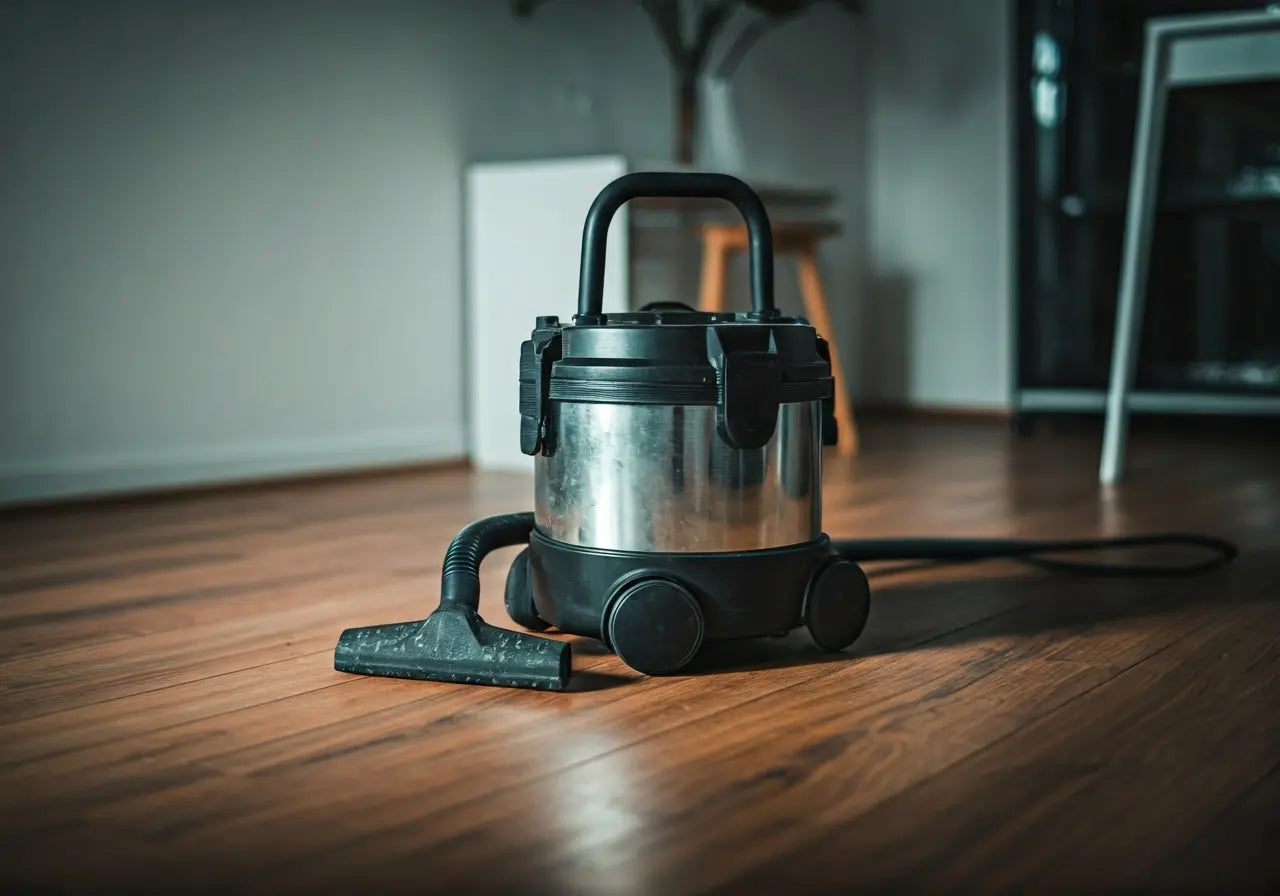Choosing the right tile saw for your professional projects can be a daunting task, especially with the myriad of options available in the market. Understanding the features that are most important for your needs can save time, money, and effort while ensuring the quality and precision of your work.
Understanding the Basics of Tile Saws
Before diving into specifics, it’s essential to grasp what tile saws are and how they function. These tools are specifically designed to cut through tiles with precision and ease, making them indispensable for professional tiling projects. Whether you’re laying ceramic tiles in a kitchen backsplash or installing marble flooring in a high-end hotel lobby, a tile saw provides the necessary power and accuracy to get the job done right. The fundamental working principle of a tile saw involves rotating a diamond-tipped blade that slices through tile material smoothly, reducing the risk of chipping and cracking.
Tile saws come in many shapes and sizes, each catering to different types of projects. However, they all share a common purpose: to make clean, precise cuts through various tile materials. From porcelain to natural stone, a robust tile saw is a professional’s best friend. The importance of having a clear understanding of your project requirements cannot be overstated when selecting a tile saw, as this will greatly influence the type and size of the saw required.
Types of Tile Saws and Their Uses
Not all tile saws are created equal. Different types serve different purposes, from handheld wet tile saws for smaller jobs to large table saws for more extensive projects. Understanding the variety can guide you to the best choice. Handheld tile saws are compact and portable, perfect for jobs with limited space or when working on detailed cuts like curves and notches. On the other hand, table tile saws offer greater stability and cutting capacity, ideal for large, straight cuts and volume work.
Wet tile saws feature a water cooling system that helps prevent the tiles from overheating, minimizing dust and prolonging blade life. They are an excellent choice for professional settings where precision and clean cuts are paramount. Conversely, dry tile saws, while not using water, are perfect for outdoor jobs or when working in areas where water could be problematic. The versatility and differences between these tools illustrate the importance of matching the right saw type to your specific project needs.
Key Features to Consider
When selecting a tile saw, several features should be at the forefront of your decision, including the saw’s motor power, blade type, and cutting capacity. Each of these can affect the saw’s performance and suitability for your projects. The motor power, for example, determines the thickness and material density the saw can handle, while the blade type influences the smoothness of the cut.
Another critical feature is the cutting capacity, which dictates the maximum length and thickness of the tile that the saw can accommodate. For instance, for projects involving large-format tiles or thick materials like granite, a saw with a larger cutting capacity is needed. It’s also beneficial to consider additional features like the saw’s ease of transport, setup, and storage, especially for professionals constantly on the go.
Evaluating Motor Power and Cutting Capacity
Motor power directly influences the saw’s ability to cut through different materials. A stronger motor might be necessary for denser materials, while cutting capacity dictates the size of the tiles you can effectively cut. For example, professional projects that require cutting through thick or heavy-duty tiles might demand a motor with a power output exceeding 1.5 HP to ensure efficiency and speed.
The interplay between motor power and cutting capacity ensures that the saw operates optimally for the task at hand. It’s not uncommon for professionals to need a saw capable of making precise cuts on robust materials such as porcelain or marble. Thus, investing in a saw with a high-powered motor and ample cutting capacity will pay off in the long run, guaranteeing a tool that meets your needs across diverse projects.
The Importance of Blade Selection
The blade is a crucial component of any tile saw. Selecting the right blade type – continuous rim, segmented, or turbo – can significantly affect the quality and speed of the cut. Continuous rim blades are ideal for smooth, precise cuts on delicate materials, whereas segmented blades offer faster cuts suitable for thicker, harder materials.
Turbo blades, a hybrid option, provide a balance between speed and finish quality, making them a versatile choice for various materials. Ultimately, choosing the right blade comes down to the material you’ll be working with most frequently. The perfect blade not only enhances efficiency but also prolongs the lifespan of your saw, reducing wear and tear.
Additional Features Worth Considering
Features like adjustable cutting tables, water cooling systems, and laser guides can add value to your tile saw, enhancing precision and comfort during use. An adjustable cutting table allows for versatile cuts at different angles and sizes, essential for intricate tile patterns and layouts.
Water cooling systems not only reduce dust and overheating but also prolong the life of your saw and blades. Meanwhile, laser guides can help in achieving precise cuts, minimizing mistakes, and ensuring professional-grade results. These features, although sometimes seen as extras, can significantly enhance the final outcome of your project.
Tips for Maintenance and Safety
Proper maintenance is key to extending the lifespan of your tile saw. Regular cleaning, timely blade replacements, and adhering to safety guidelines ensure that your tools remain effective and safe. Routine checks of the saw’s components help in identifying potential issues before they escalate into costly repairs.
Additionally, implementing robust safety measures, such as wearing eye protection, ensuring the work area is well-lit, and handling the saw with care, will safeguard against accidents. Regular maintenance not only prolongs the life of your equipment but also ensures it performs efficiently, providing peace of mind as you tackle each new project.
Final Thoughts on Choosing Your Perfect Tile Saw
Selecting the ideal tile saw for your professional projects involves evaluating your specific requirements and understanding the features that will best serve those needs. By considering factors such as blade type, motor power, and additional features, you can make an informed decision that enhances both the efficiency and quality of your work. Equipped with the right tile saw, your projects will more likely end with success and satisfaction. For more resources and professional tools, visit IQ Power Tools.






اترك تعليقًا
This site is protected by hCaptcha and the hCaptcha Privacy Policy and Terms of Service apply.